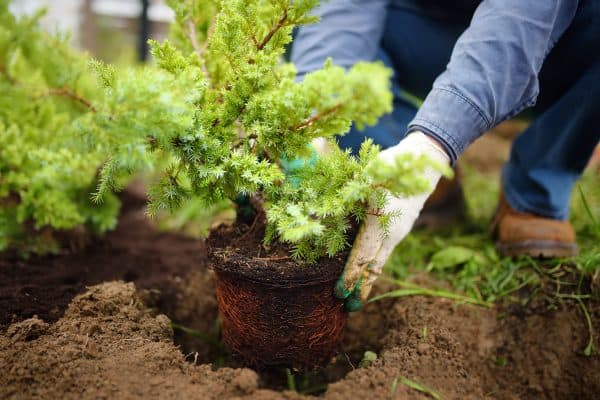Gardens that have access to full sunlight have all the advantages since perennials will have better chances of blooming. You have the opportunity to plant borders and hedges which can elevate your landscape's look. So, what are low-growing perennials you can put into your landscape? How will they add value to your landscape? We have gathered answers for you.
Perennial plants are incredibly hardy. They grow back every spring, so you won't have to worry about them too much. during seasonal transitions. The 17 Low-Growing Perennials you can put into your garden are the following:
- Astilbe
- Bleeding Heart
- Blue-Eyed Grass
- Stonecrop
- Dwarf Purple Coneflower
- Blue Ice Bluestar
- Calla Lily
- Catmint
- Coral Bells
- Creeping Mazus
- Shasta Daisy
- Small Daylilies
- Vervain
- Cranesbill (Geranium)
- Moss Phlox
- Lungwort
- Spotted Deadnettle
Low-growing perennials are ideal as border plants. You can place them along your foundations, or you can use them to add character and bursts of color into your garden. You can also plant them on pathways to make your home look more welcoming. Keep reading below to learn more about these low-growing and attractive perennials.
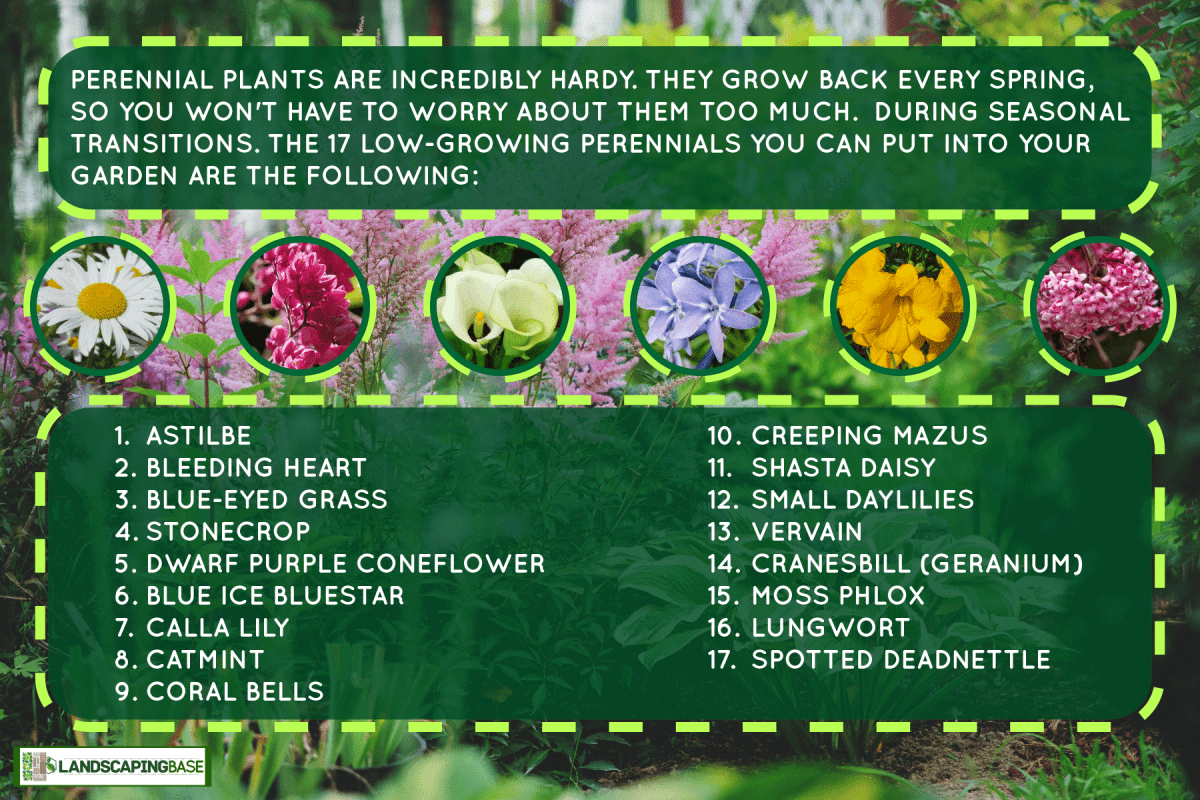
17 Low-Growing Full Sun Perennials For Borders
When a plant is called a "perennial", it means that it will come back to life during the spring after dying in the winter or autumn.
Perennial Plants live longer compared to other plants, although lifespans still vary depending on their health and the environment they have been planted into. Perennials typically only produce flowers for one season, often during the spring.
Fortunately, there are perennials that can bloom during various parts of the year, especially if they are planted in the ideal environment. You can opt for them if you want your perennials to consistently beautify your landscape throughout the year.
Below are some of the most attractive low-growing perennials you can plant in your landscape.
Read: 11 Great West Facing Foundation Plants For Zone 5
1. Astilbe
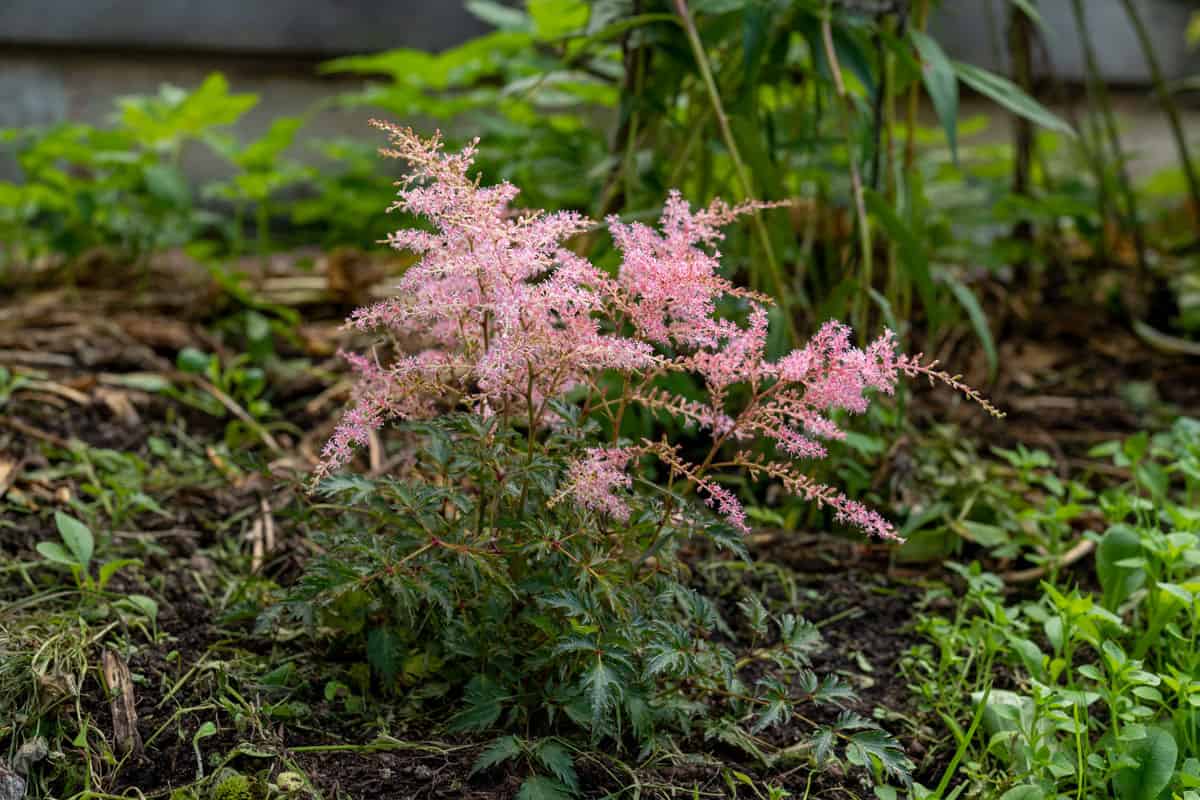
Astilbes are relatively low-maintenance, although they need to be consistently watered throughout their lifespan. Make sure to plant them in moist and well-drained soil so they can develop beautifully for years.
These perennials thrive under full sunlight, but you need to keep them watered especially if you live in hot areas so they won't dry out.
When taken care of, these plants have year-round appeal because of the flowers in the spring and summer as well as attractive foliage in the fall and winter.
2. Bleeding Heart
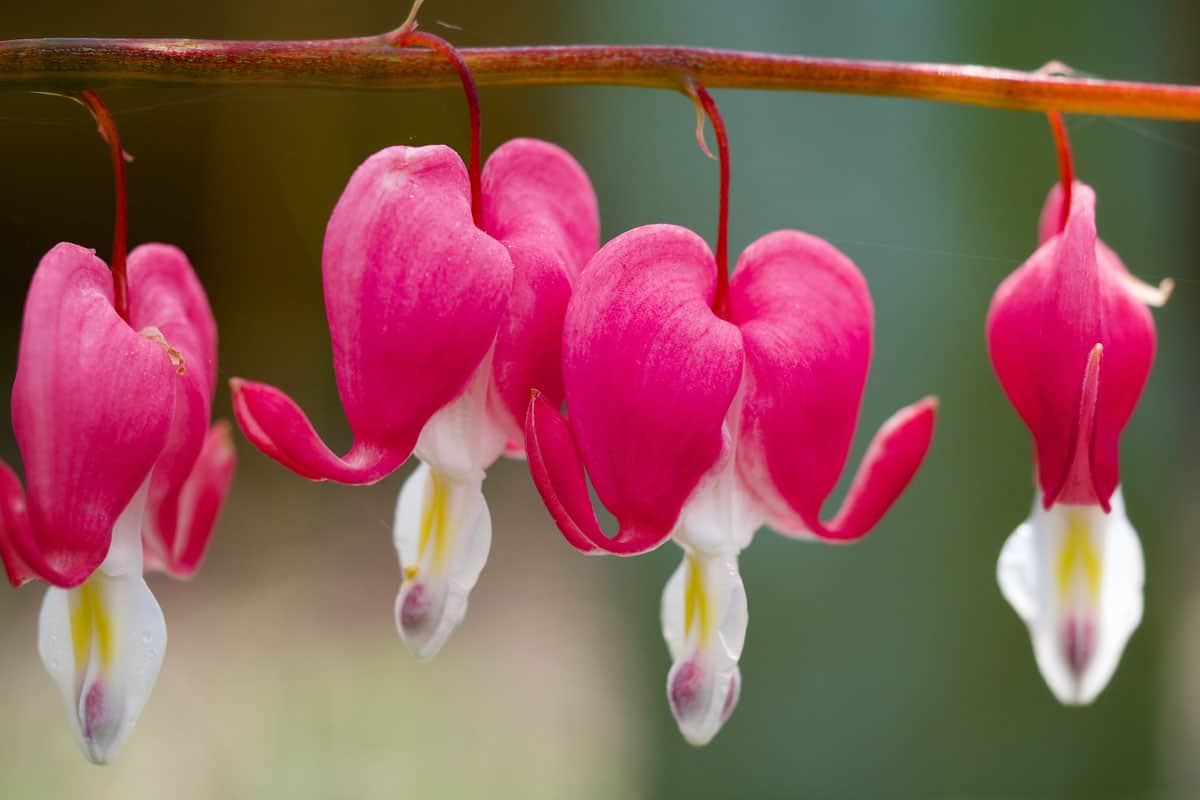
Bleeding hearts thrive and bloom under full sunlight, although you may need to plant them in a location where they can be shielded from harsh afternoon sunlight. Keep the soil moist so the plant can continue to develop.
This perennial got its name because of its drooping heart-shaped flowers that form an arch along the branches.
These perennials grow best in USDA zones 3-9.
3. Blue-Eyed Grass
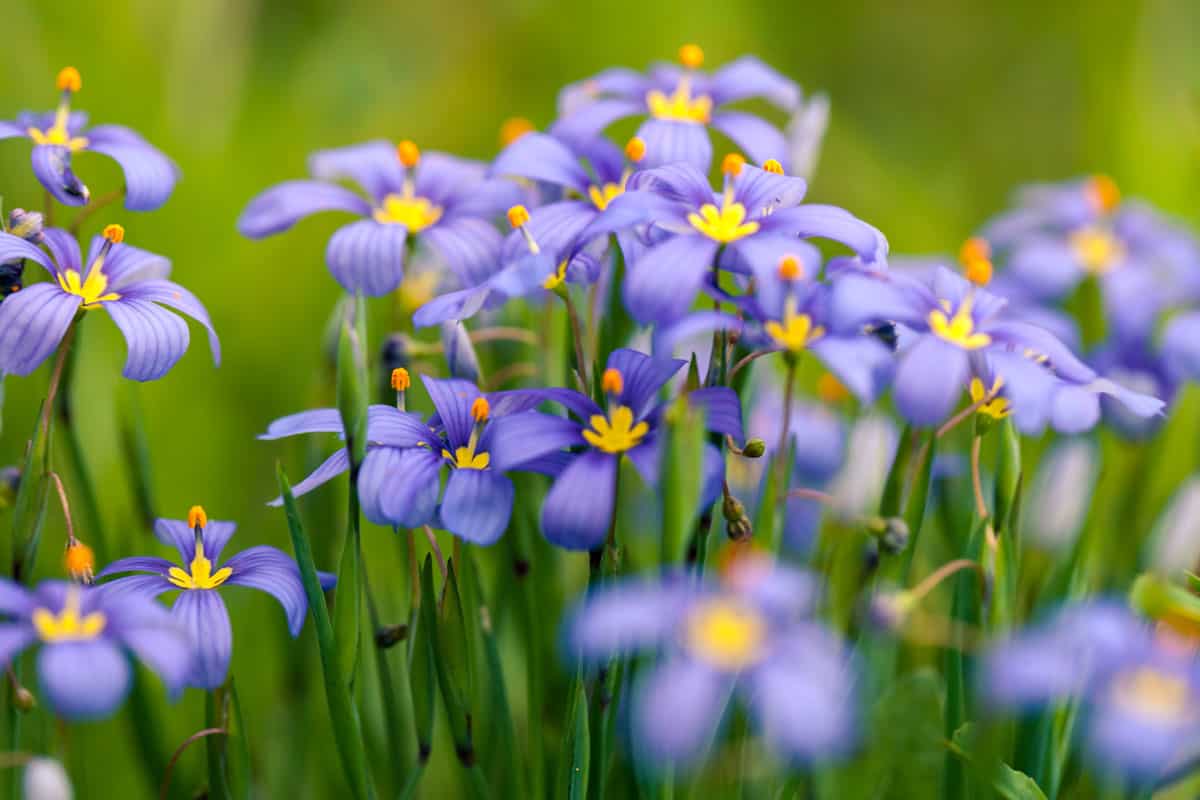
These perennials love full sunlight, and they will bloom when exposed consistently to at least 6-8 hours of sun exposure.
They require supplemental watering so the roots won't dry out, especially on intense summer days when water evaporates quicker. To prevent this, water them during the early morning or near the evening when the sun is not as damaging.
Blue-Eyed Grass is known to be hardy in USDA zones 5 to 8.
4. Stonecrop
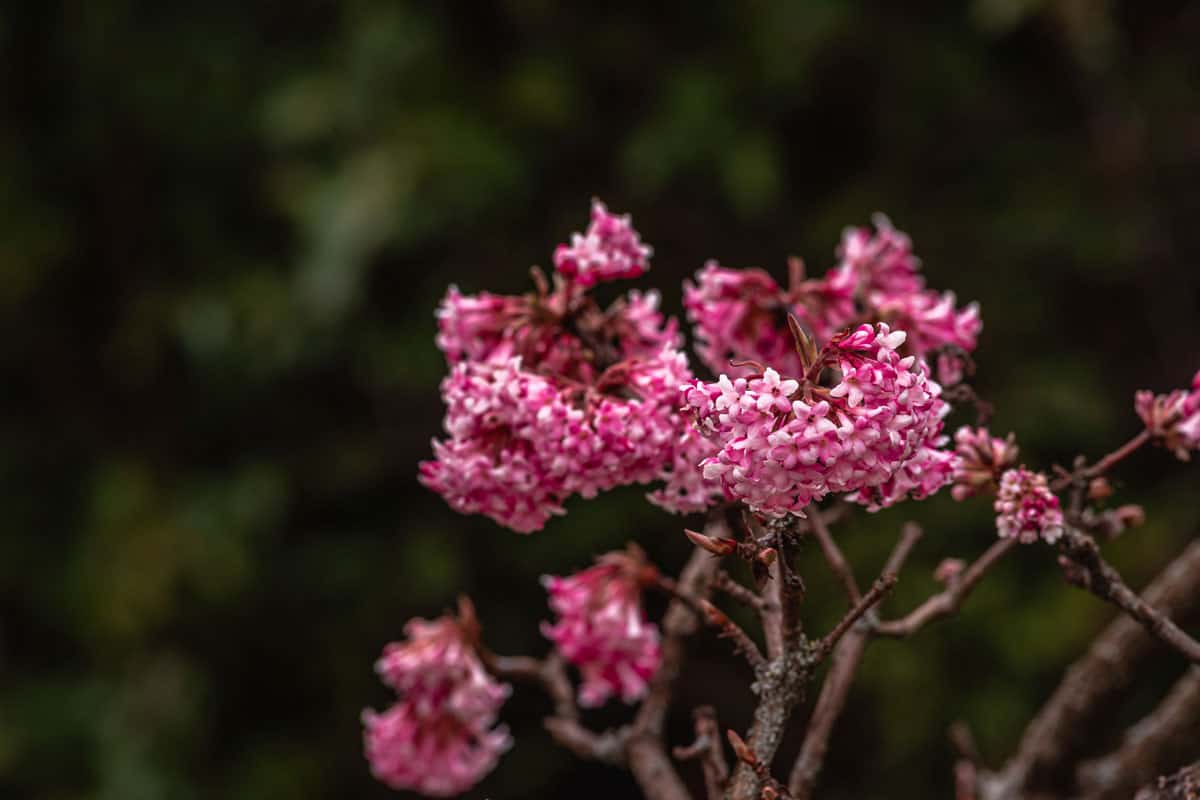
Stonecrops are drought-tolerant perennials. They are low-growing, and they produce purple-colored flower clusters during the summer and autumn.
Stonecrops are considered succulents because of how low-maintenance they are. They thrive under full sunlight, and they are can beautify both lawns and xeriscapes.
These plants are hardy in USDA 4 through 9.
Read: How To Plant Flowers In Rock Landscaping
5. Dwarf Purple Coneflower
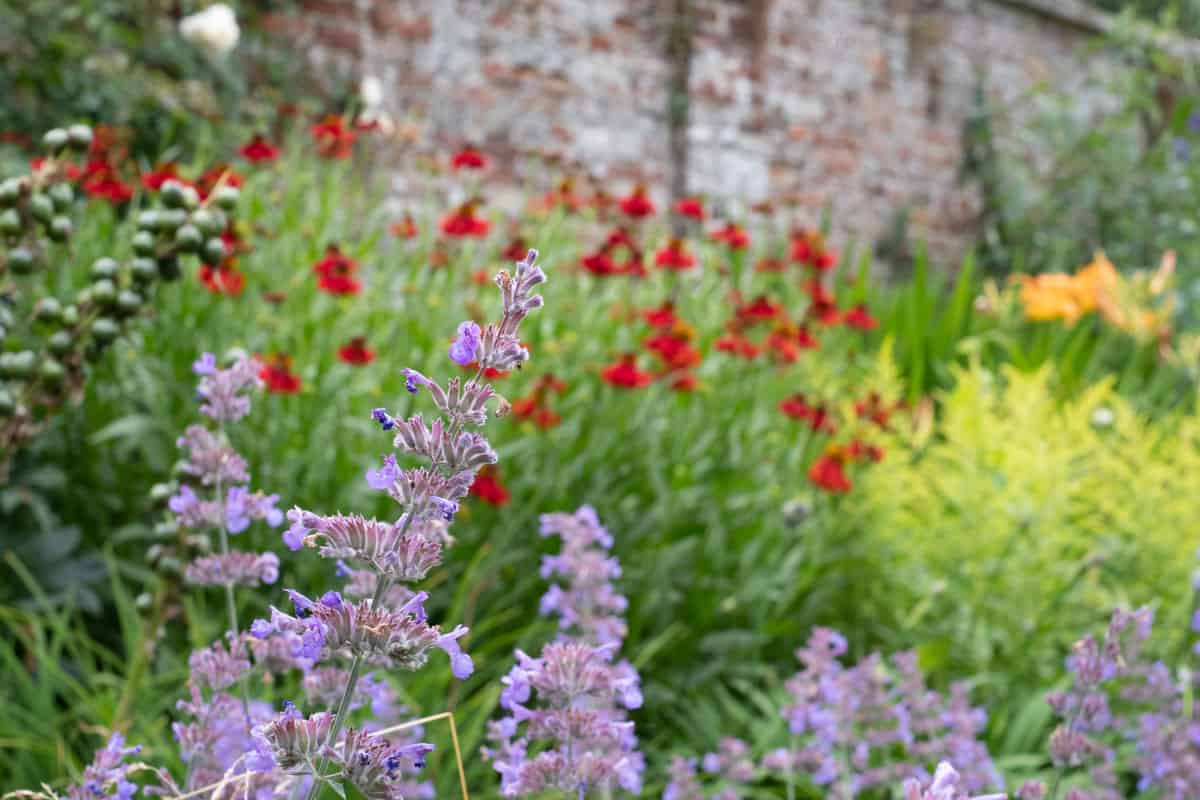
Dwarf Purple Cornflowers produce lovely purple blooms during the summer that attract beneficial insects such as hummingbirds and butterflies.
They thrive under full sunlight, and they need to be planted in well-draining soil that's neutral to acidic so they can develop fully.
6. Blue Ice Bluestar
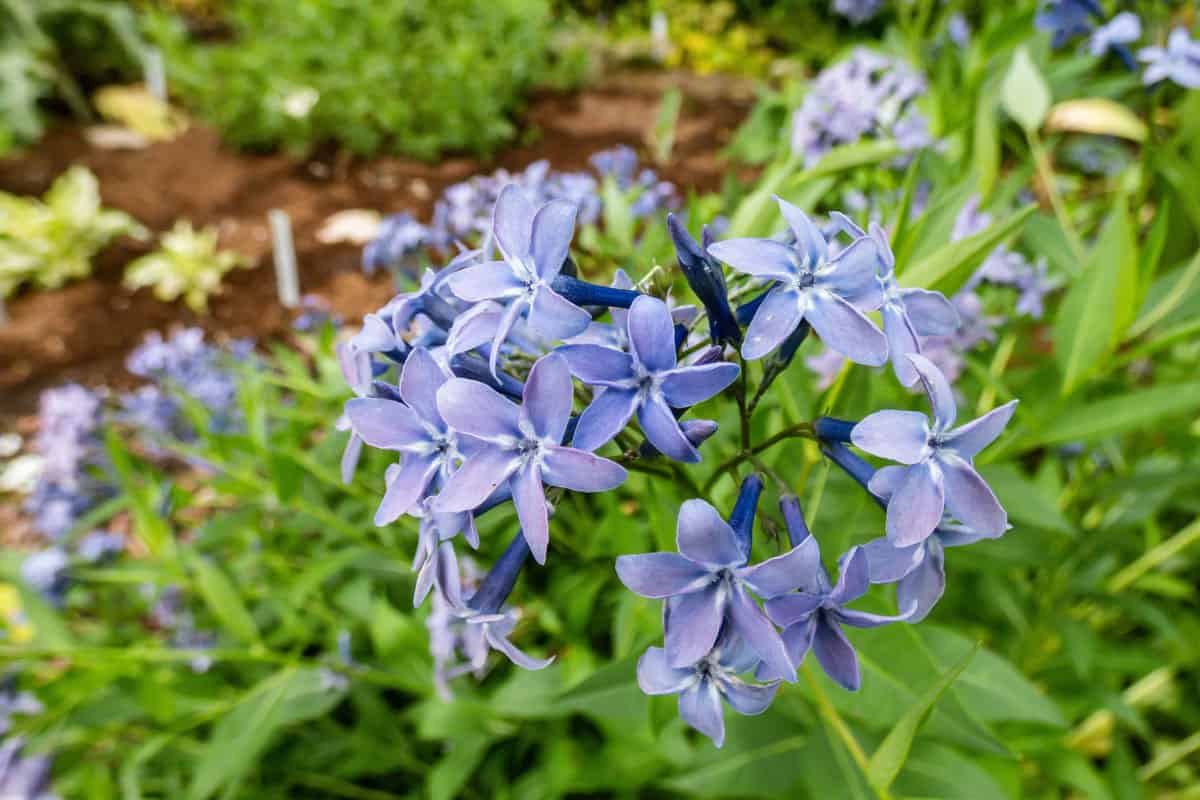
The Blue Ice Blue Star gets its name from its star-shaped purple blooms during late spring to early summer. They require full sunlight to achieve these blooms.
They are relatively low-maintenance and hardy since they are drought tolerant, and they can beautify your landscapes as a border or hedge.
These flowering perennials are hardy in USDA zone 3 to 9.
7. Calla Lily
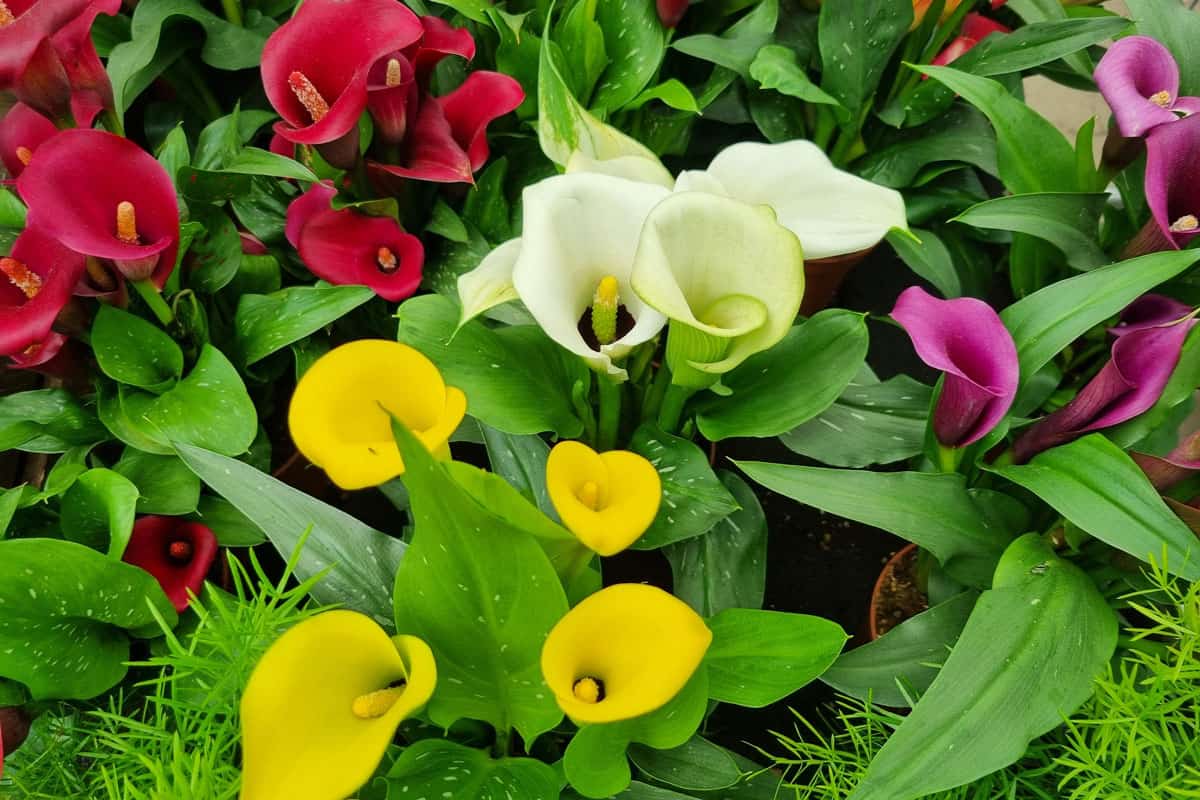
Calla Lillies enjoy full sunlight and need to be planted in fertile and well-drained soil in order to thrive. The soil will need to be consistently watered, although you should make sure that the roots don't get waterlogged.
They tolerate drought well, and their large blooms can appear if they receive enough sun, water, and nutrients.
These plants are hardy in zones 8 through 10.
8. Catmint
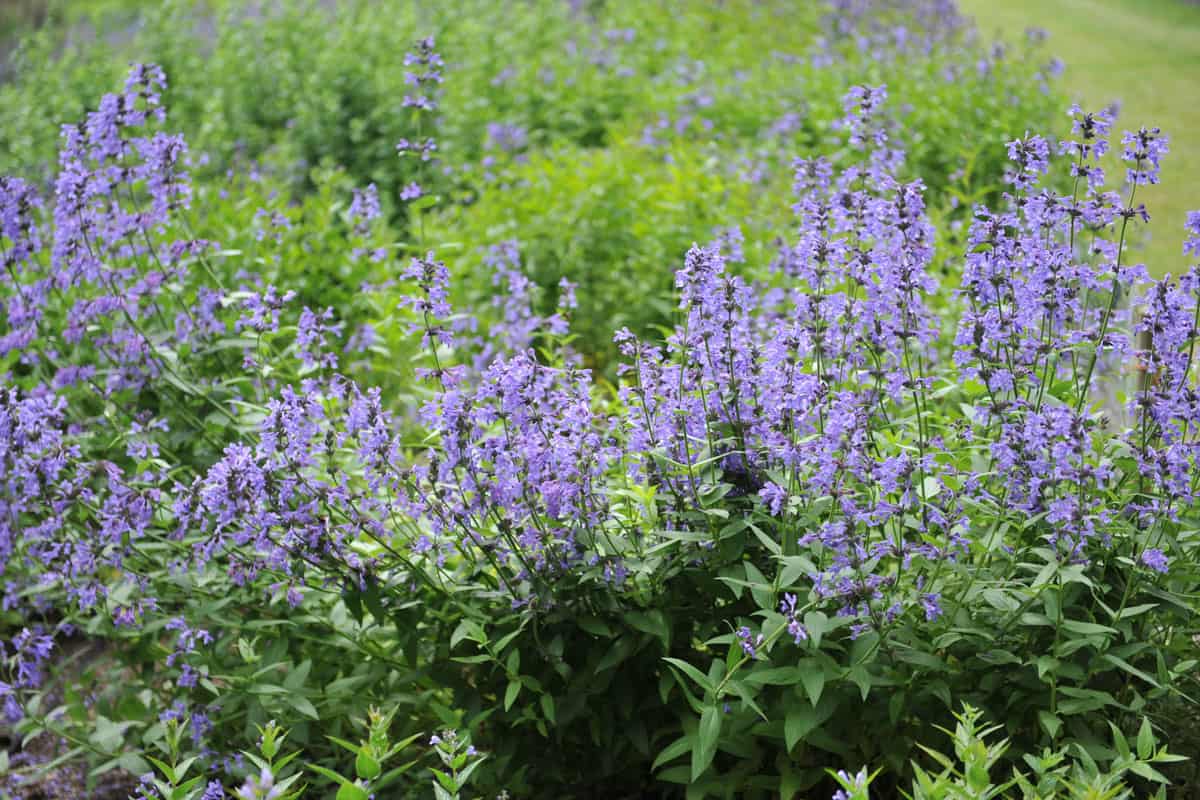
Catmints will only bloom under full sunlight. They are drought-tolerant and resistant to most pests, and they provide visual interest in any landscape because of their lush purple flower clusters.
These perennials are hardy in USDA zones 4 to 8.
9. Coral Bells
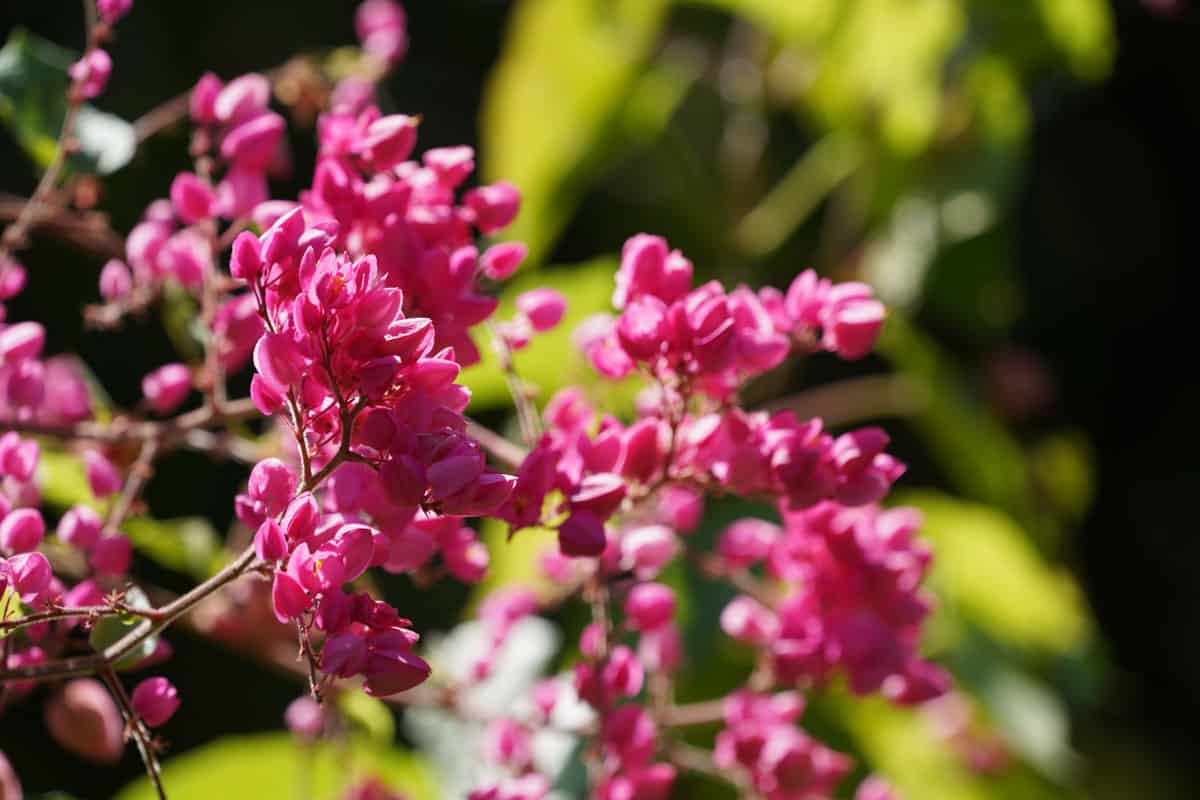
Coral bells are perennials that develop well under full sunlight, although you may need to protect them from the harsh afternoon sunlight in warm areas.
Remember to keep the soil consistently moist if you plant them in areas that have a lot of access to sunlight.
These perennials are hardy in USDA zones 4 through 11.
10. Creeping Mazus
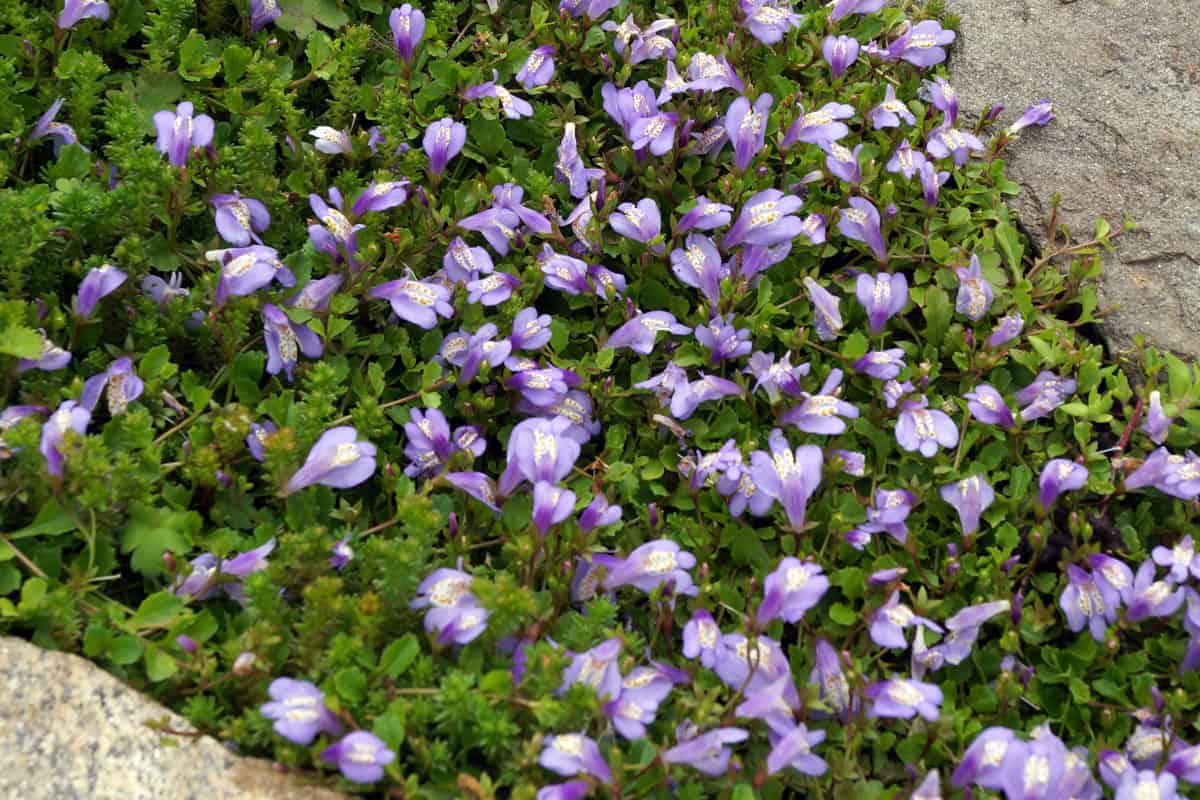
The Creeping Mzus is a herbaceous perennial that can look great as a border in your landscape. They grow attractive white and purple blooms in the summer, providing seasonal interest.
These perennials are best grown in USDA Zones 5 to 8.
11. Shasta Daisy
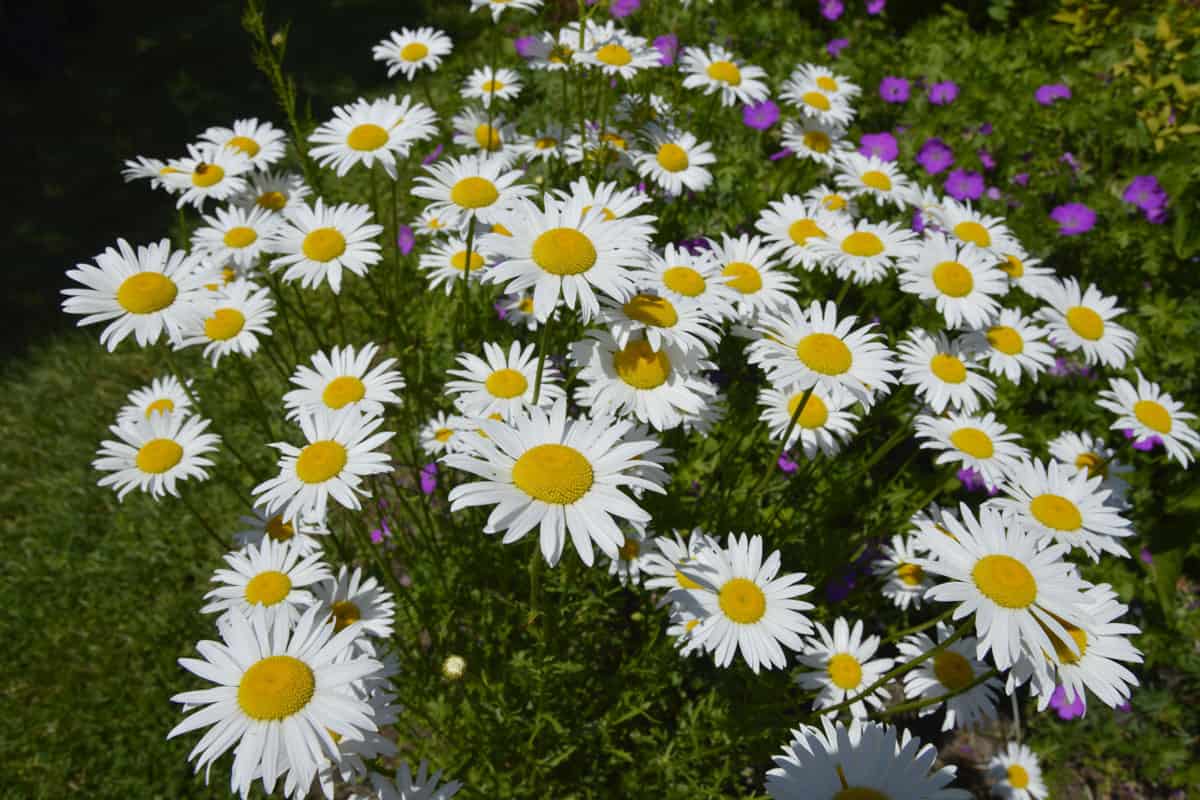
The Shasta Daisy requires a lot of sunlight so they can produce lush white blooms that will look great against your landscape as borders or hedges.
They need to be planted in organic-rich and well-draining soil so the plants can develop.
Make sure not to overwater them since the roots can rot and block their growth. They thrive best in USDA zones 5 through 9.
12. Small Daylilies
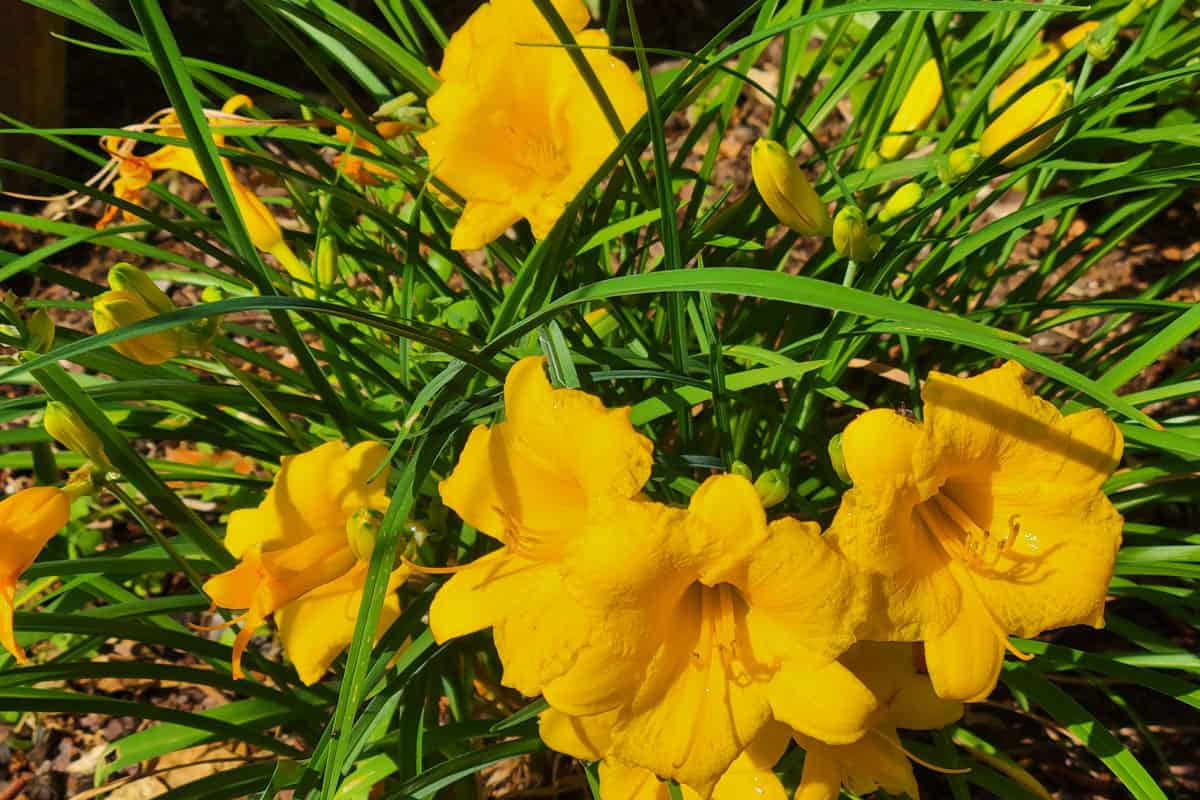
Small Daylillies are flowering perennials that need full sunlight in order to bloom.
They are the easiest to grow among all blooming perennials since they tend to be low-maintenance, so it is ideal to plant them in your landscape's borders if you're new to gardening.
These plants are hardy in USDA zones 4 to 9.
13. Vervain
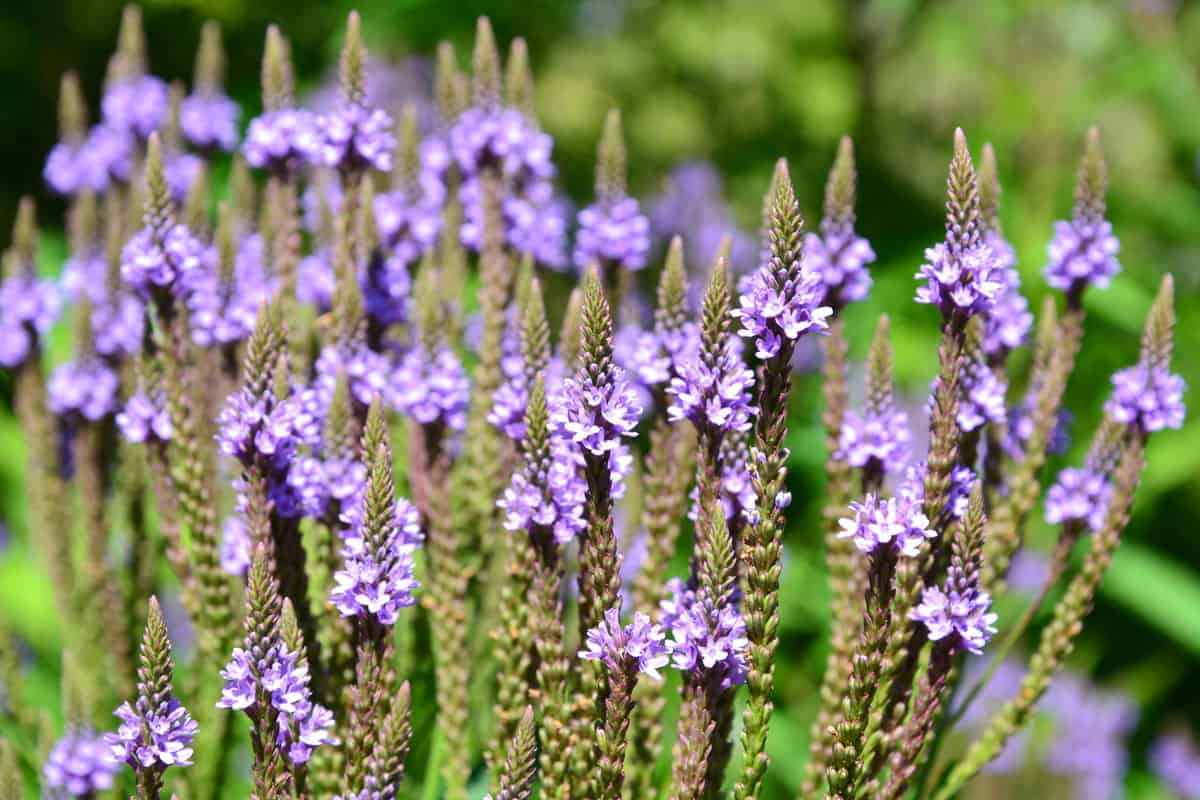
Vervain, also called Verbenas, can produce purple flower clusters. They require access to full sunlight in order to bloom, so you will need to plant them near sunlight around your landscape.
They typically grow up to 12 inches, but you can prune and trim them when necessary.
These plants are hardy in USDA zones 9 to 10.
14. Cranesbill (Geranium)
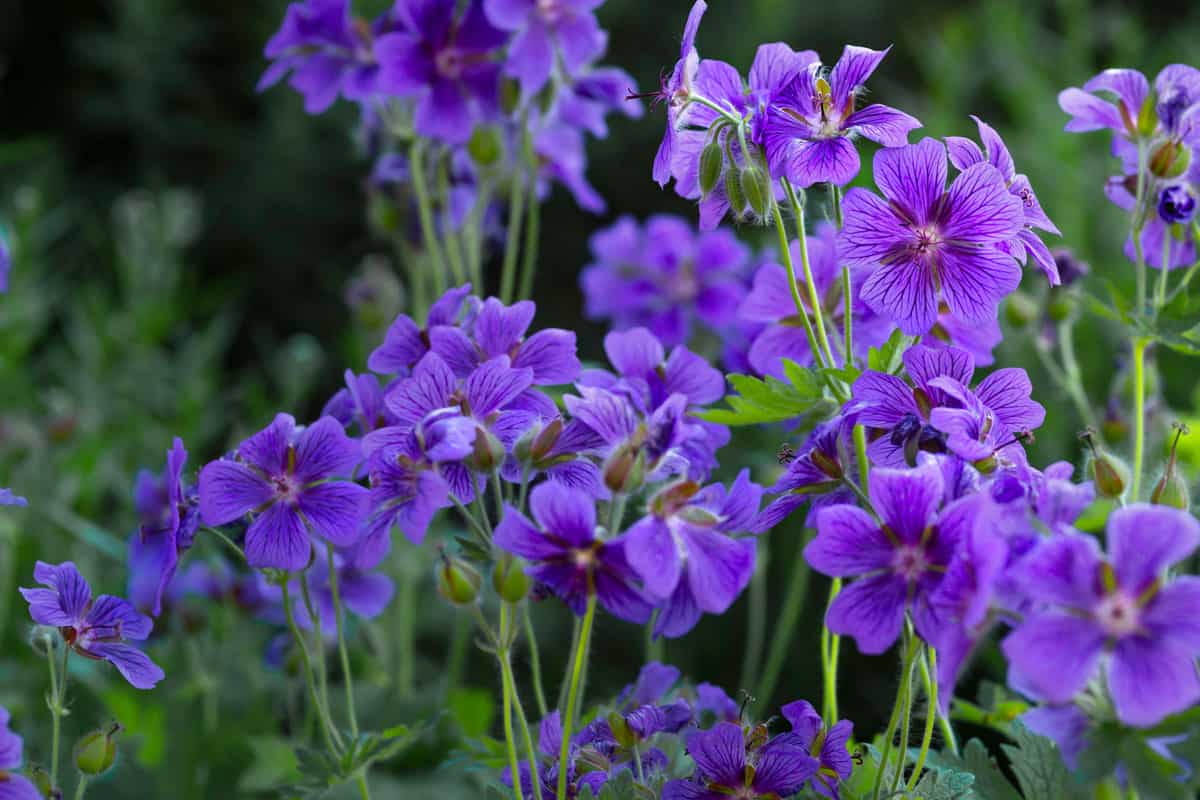
Hardy Geraniums, or Cranesbill, are flowering perennials that produce vibrant purple blooms that can make your landscape look brighter and more vibrant.
They are typically low-growing, their height ranging from 6 to 24 inches tall. They need to be planted under full sunlight and well-draining soil.
These plants are hardy in USDA zones 3 to 9.
15. Moss Phlox
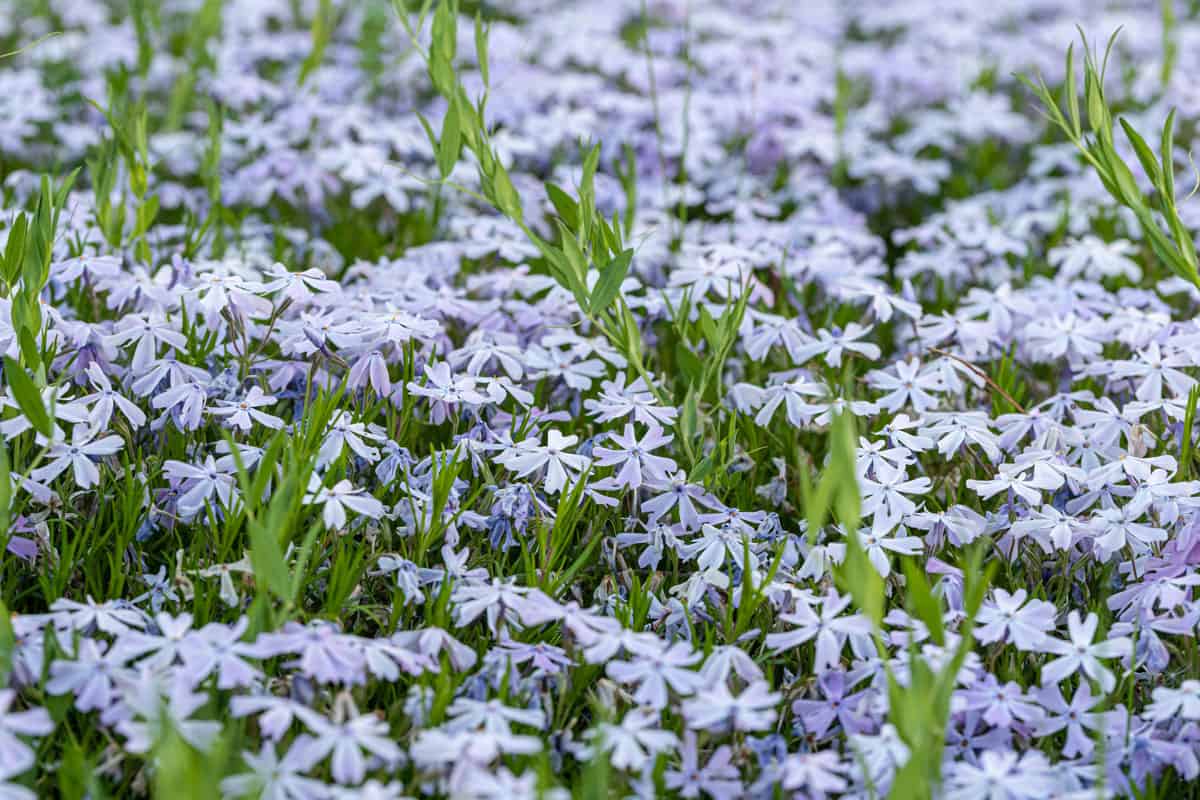
The Moss Phlox can be planted as garden covers or low-growing borders. They produce vibrant purple flowers, and they thrive under a variety of soil conditions.
Make sure to plant them under full sunlight so their flowers can grow easily. They are incredibly hardy in USDA zones 3 to 9.
16. Lungwort
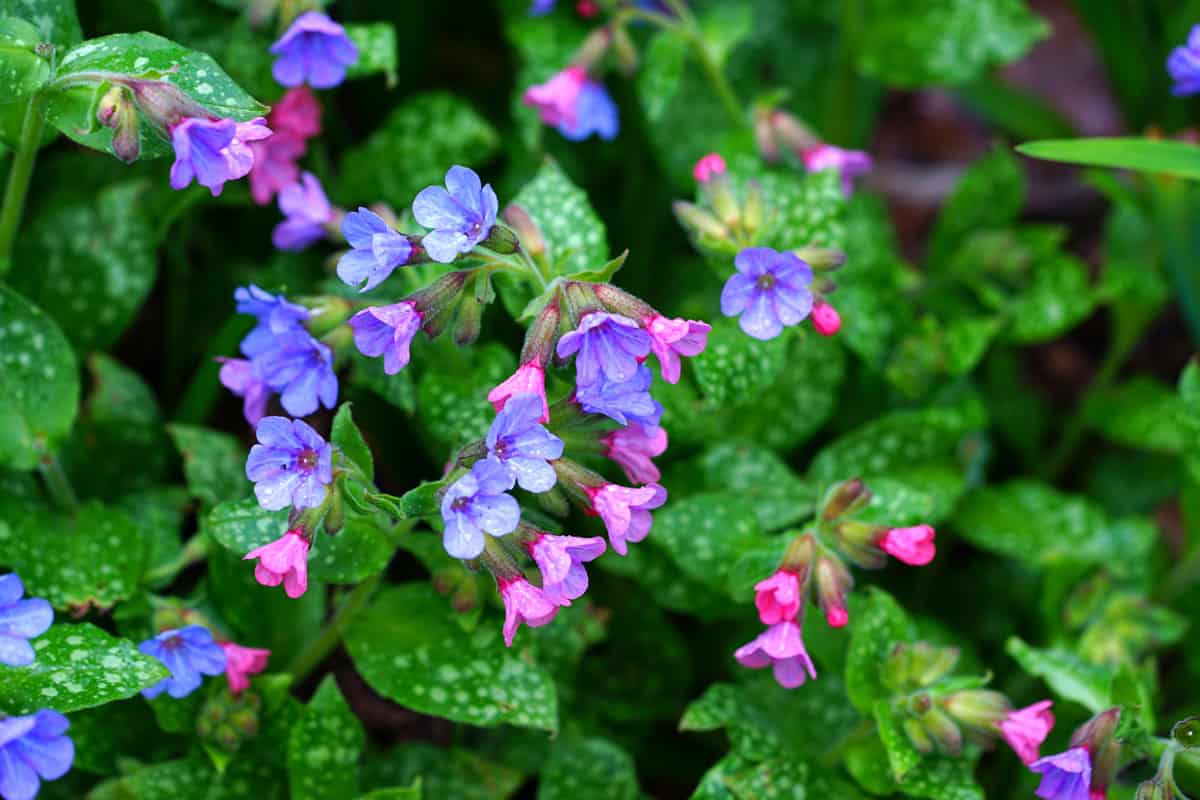
Lungworts grow small and attractive blooms that range from pink to purple. They need to be exposed to sunlight for up to 6 hours, and they need to be shielded from harsh afternoon sunlight if you live in warm areas.
Make sure to plant them in well-drained soil. They are best grown in USDA zones 3 to 8.
17. Spotted Deadnettle
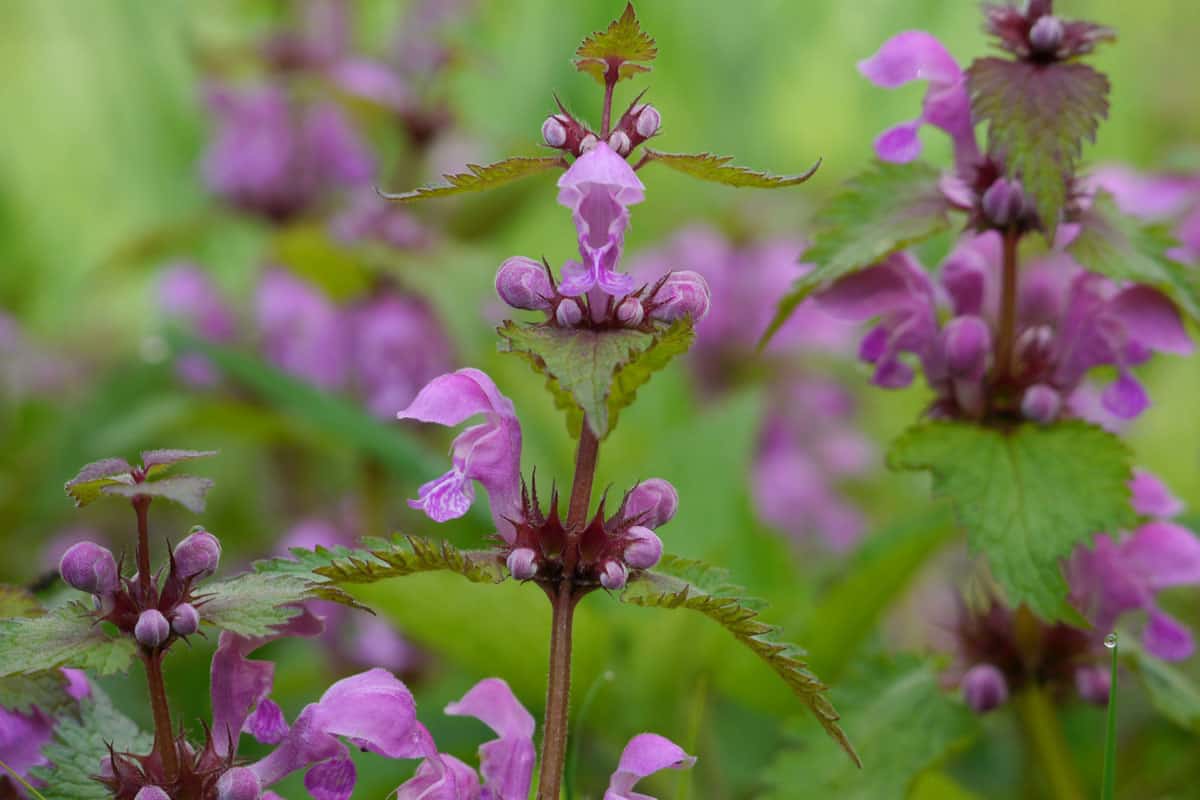
Spotted deadnettles are relatively low-maintenance, making them one of the top choices of homeowners when planning their landscape. They require full sunlight in order to bloom, and you will need to keep their soil moist and well-drained.
These plants can produce pink or mauve blooms that can beautify your landscape. They are incredibly hardy in USDA zones 4 through 8.
Final Thoughts
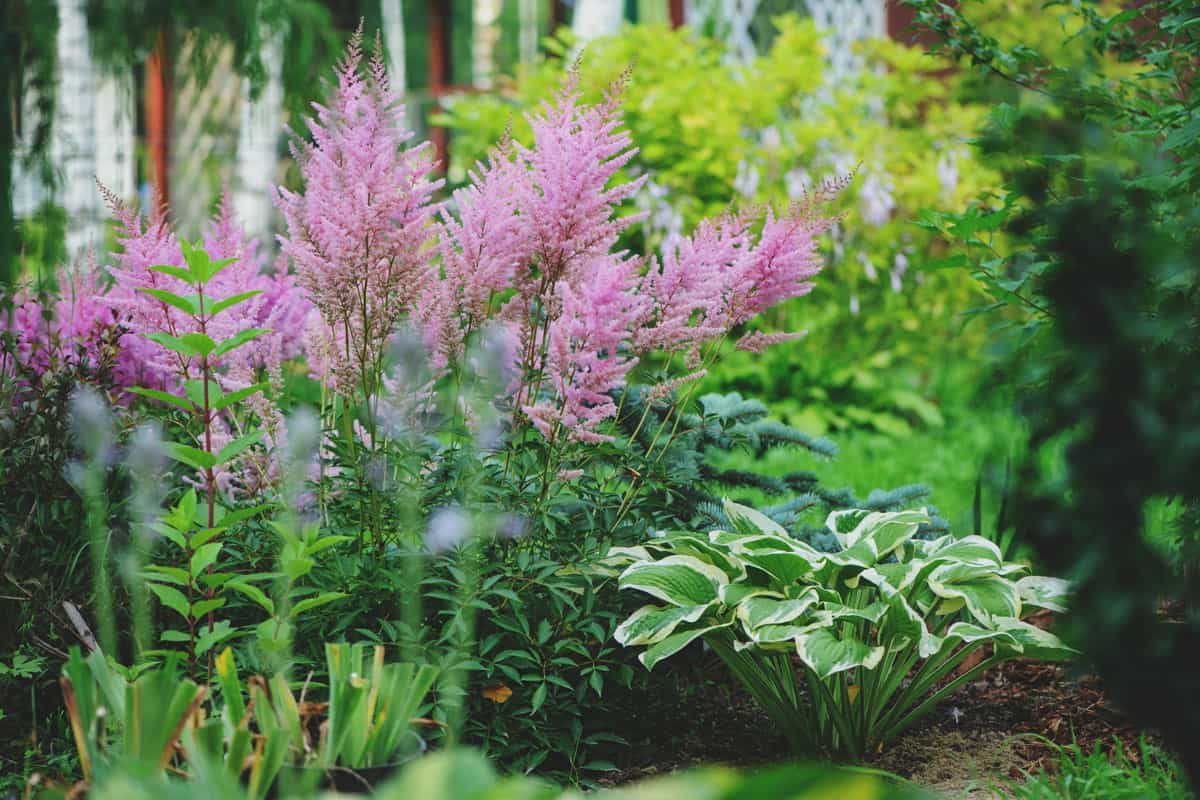
If you have access to full sunlight, you have more options over which perennials to plant in your landscape. Flowers are also easier to grow as long as you fulfill each plant's water, soil, and nutrient needs.
As always, make sure to plant perennials that are compatible with your environment.

![man replanting herb with yellow flowers for use in landscaping. 15 Perennials That Absorb Water [Incredible Choices For Foundation Landscaping]](https://landscapingbase.com/wp-content/uploads/2022/09/man-replanting-herb-with-yellow-flowers.-15-Perennials-That-Absorb-Water-600x400.png)
![Big custom made luxury house with nicely trimmed and landscaped front yard, South Facing Front Yard Landscaping Ideas [17 Ideas To Increase Your Curb Appeal]](https://landscapingbase.com/wp-content/uploads/2022/09/BIGCUS1-600x400.jpg)
